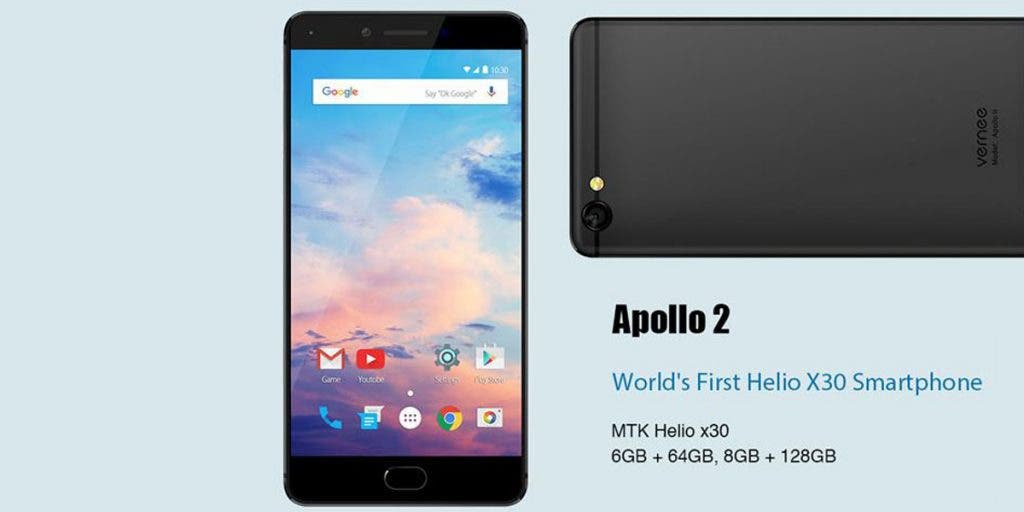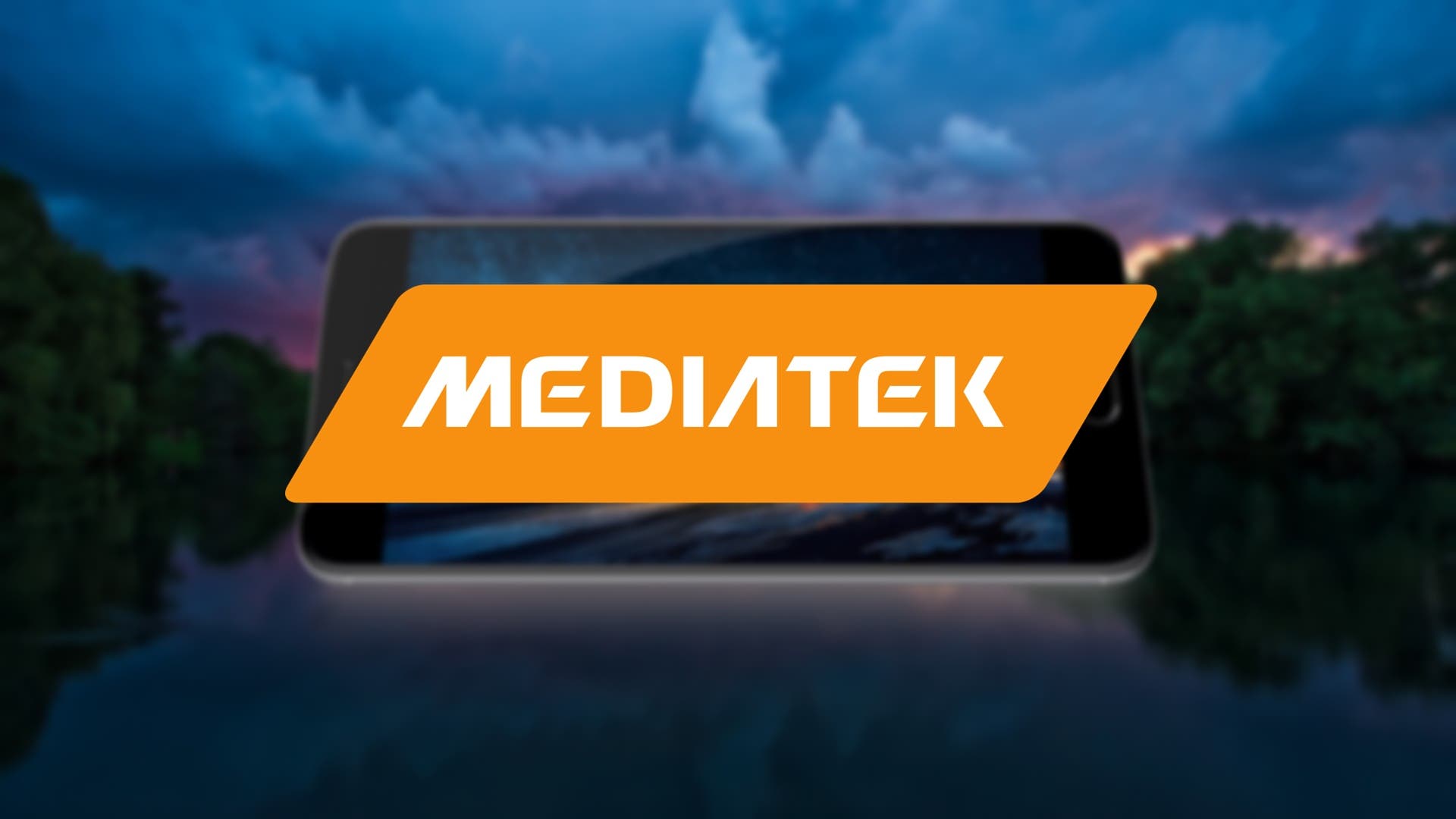This could be serious news for Mediatek (but also for all rival companies) as you can probably understand. After all the Helio X30 SoC is the flagship chipset of the company and -already- several manufacturers in China have already decided to use it on their flagship models.
However, Mediatek is finding demand projections lower than they initially expected, especially after Oppo, Vivo and LeEco have yet to make deals about the aforementioned chipset and other smaller players in the market still remain silent about what their decisions will be. Xiaomi’s Pinecone SoC is yet another blow to Mediatek’s projections for the year, since the Chinese company used to be one of the best clients Mediatek had during the past months.
Another issue is the fact that many of the company’s usual customers are going global and beginning to tend more toward Qualcomm’s chips, so all those who used to rely on MediaTek for budget phones in the past are now shifting toward Qualcomm’s upper mid-range solutions like the Snapdragon 650 SoC. Note also that Samsung, Huawei, Xiaomi are already building their own chips for certain variants of their smartphones, so – in many ways- they don’t need Mediatek as much as others, further reducing the company’s possible customer base.
All of the above could mean that Mediatek is in real problems for the next months, even though the company has denied all rumors suggesting that they plan to cut their orders for the chip from TSMC by up to 50%.

The new Helio X30 SoC is aiming really high and plans to compete (as much as possible) with Snapdragon 835 SoC, since both of them are built on the 10nm architecture. The Vernee Apollo 2 is expected to be the first Helio X30 equipped smartphone in the world and we will probably see it during MWC 2017 in Barcelona.






Phones with soc from this company shoud be banned for violating GPL million times.
* Crappiest processors, under-powered, makes Android stutter
* Crappy GPUs – no scope for half-decent gaming
* Flagships are mere speedbumps
* No GPS support – you’ll have to download EPO files from servers which are often not reachable. Lock times are in excess of hours sometimes, failing mostly. Accuracy is just as bad.
* Pricing advantage for phone makers is NO MORE. QualComm has eaten the mid and mid-high ranges with a number of offerings.
Bye bye MediaTek, stick with ultra low-end devices whose customers are just happy to have the phone power on and make calls.
Actually Power VR has some advantages compared to Adreno… The problem is that the other companies are sending out Qualcomm at the same of Mediatek.
In other words Nolan hates Mediatek.
In actual news, Mediatek won’t be going anywhere.
– CPUs are not crappy since first Helios and have improved with x20 by a BIG margin. (You still live in 2010 I see)
– GPU –> True dat. Inferior compared to Adreno >520
-GPS support – since Helio they don’t use EPO files actively. Stop spreading FUD.
They’d have to massively improve battery life to motivate me to buy another phone with a mediatek processor. Nothing much to recommend them other than price.
Well, they didn’t hear their customers, still no support for devs on XDA = lost the market. Sorry MediaTek, maybe the others will learn on this …
Not releasing the sources -> no active developer support / custom ROMs/kernels —> this now all backfires for them.
And their GPU’s are crappy compared even to Adreno 530 (Snap 820).
So in other words “this might happen, even though we have no proof of it and the company denies it”. To back this up we will use companies like Oppo and Vivo. Two companies that have almost exclusively used Qualcomm chips. Nice article to take up space at a dead time of the year.
Helio x30 is a good start, finally it start to get a little more powerful. But that is not enough.